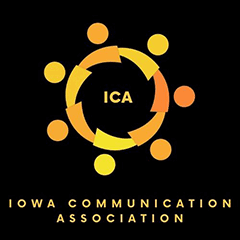Abstract
In intimate dating relationships, suspicions may occur. Scholarship surrounding the "dark side of communication" helps us explore deception in relational development. Spitzberg and Cupach (1994) help highlight the importance of knowing how to effectively communicate when faced with unpleasant interactions. Compiled thoughts of suspicion and emotions such as anger may lead to actions from the jealous party. White and Mullen (1989) define romantic jealousy as:
a complex of thoughts, emotions, and actions that follows loss of or threat to self-esteem and/or the existence or quality of the romantic relationship. The perceived loss or threat is generated by the perception of a real or potential romantic attraction between one's partner and a (perhaps imaginary) rival. (p. 9)
Understanding why a person lets jealousy control their thoughts, emotions, and actions is the question being asked. Three couples were analyzed and their stories were applied to four different theories to help better understand their jealous actions. Four theories provide insight into why jealous parties within a romantic relationship act the way they do: Thibaut and Kelly's Social Exchange Theory will analyze the costs and benefits to parties who choose to stay in a jealous relationship; O'Keefe's Message Design Logic will help explain the intention and success or failure of the messages; Festinger's Cognitive Dissonance Theory will help explain how people try to reduce dissonance both before they choose to deceive and/or when they believe they have been deceived; and Tannen's Genderlect will help explain the differences between male and female reasons for responses to jealousy.
Journal Title
Iowa Journal of Communication
Volume
44
Issue
2
First Page
268
Last Page
284
Language
en
File Format
application/pdf
Recommended Citation
Turnquist, Samantha K.
(2012)
"Tales from the Dark Side: An Analysis of Jealousy in Intimate Relationships,"
Iowa Journal of Communication: Vol. 44:
No.
2, Article 10.
Available at:
https://scholarworks.uni.edu/ijc/vol44/iss2/10
Copyright
©2012 Iowa Communication Association


